Seed from Tomatillos
(and Eggplants/Aubergines)- The Fast Way?
Though you can just crush these paper encased balls of goodness with your hands, add liberal water and let gravity do the sorting, a sped up version is using a food processor so I thought I'd try it out.
Here are some nice ripe* tomatillos, past la salsa verde stage. I plopped them in a food processor with lots of water. Mine were cut in half.
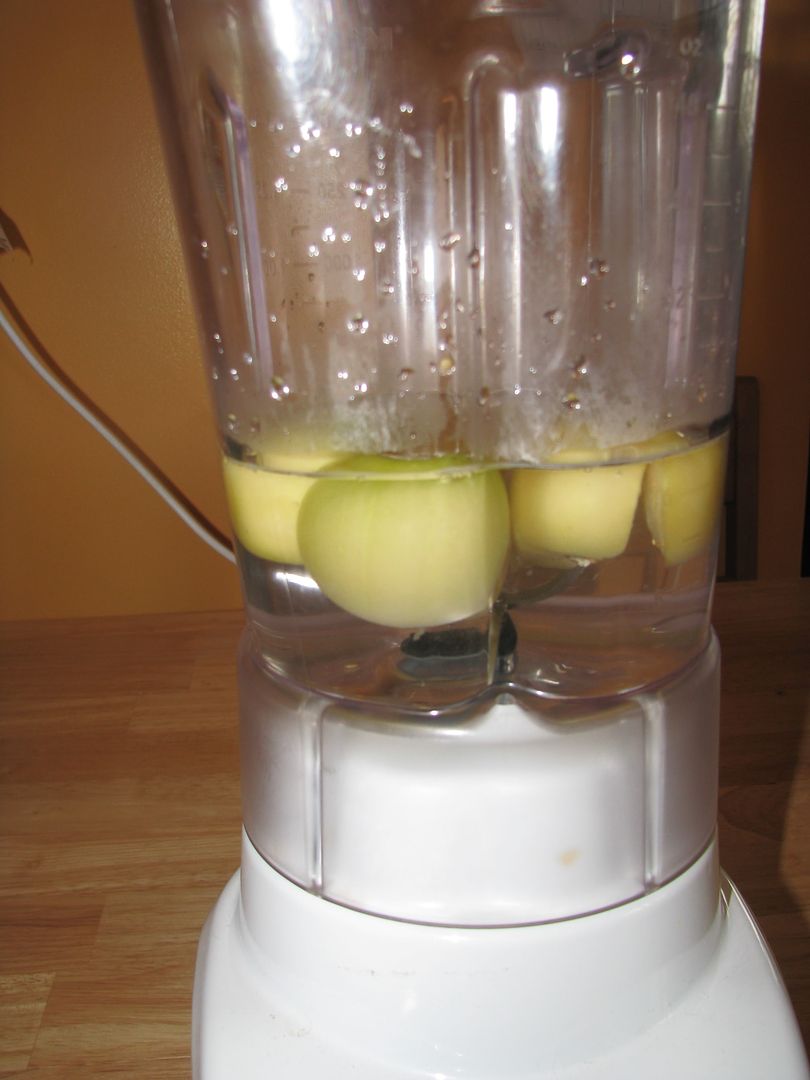
Whiiiiiiiiiiiiiiiiiiiiiiiiiiz
They were then poured into my gravity driven settling tank.
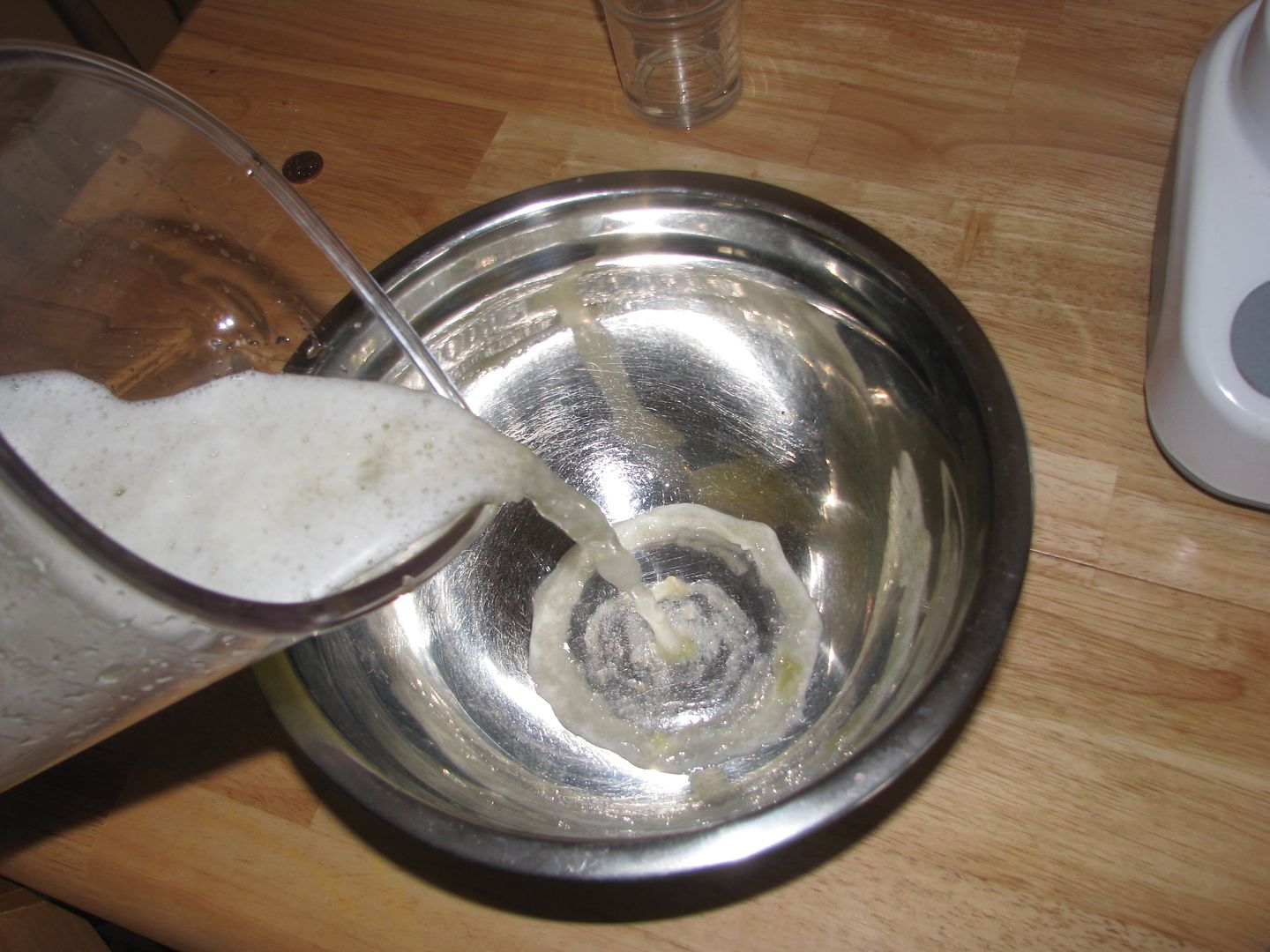
Hour an hour later, I scooped of the light floaty stuff which is mostly flesh and nonviable seed then poured the top layer of liquid off.
I added more clean water and removed the the last bits of debris ...
... then strained through a seive.
The cleaned seeds were spread on a couple layers of paper towel though paper plates are better.
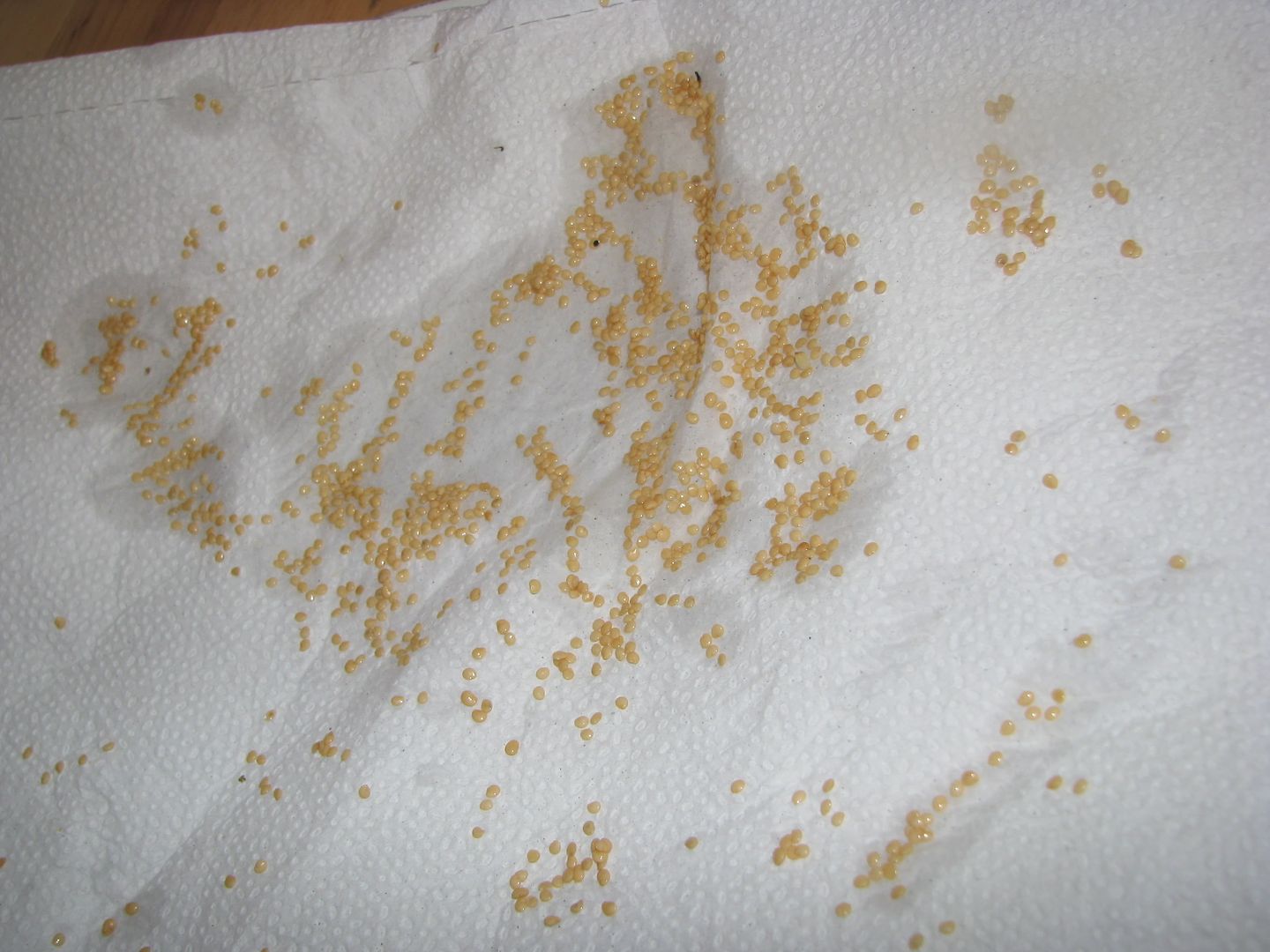
Was that easier than squishing it up in my hands? It was faster, cleaner and the whizzing part was lots of fun.
* One of these tomatillos that I was eating was filled with teeny baby plants that had germinated inside the fruit. I noticed this right away as it tasted bitter, a consequence of alkoloids inside the green cotyledons I'm sure. I have heard of this a couple times with tomatoes and is a counter argument against letting the fruit get ripe on the edge of rotting before processing for seed in plants that show this tendency. All I can figure is that for some genetic or environmental reason, they lack sufficient germination inhibitors around their seed coat to prevent this.
Cucumbers and eggplants will be well beyond the eating stage when they are ripe enough to save seed from.
***
Wet Processing - common plants
Squishy nightshades - tomatoes - Though you can simply remove the tomato seeds and rub off the gel capsules around them then dry and save, it is advised that they go through a period of fermentation to remove germination inhibitors and pathogens that remain on the seed coat. Some people just wash their tomato seeds with bleach - picture essay at Wintersown - and others like at Tatianna's Tomatobase combine the two methods.
Simply put, you squish out the tomato seeds and surrounding juice or scoop out depending on your tomato into a container. Add water if the flesh is very dry. Leave somewhere warm and sheltered (such as inside) for the fermentation process to begin. This can be a stinky process though I am not that nauseated by it. When a lovely whitish film has grown across the top - usually after a couple of days, pour off the gross stuff and save the heavy seeds at the bottom. Dry well!!
Sunberries are also squishy but I have to admit that I have never tried fermenting them. Anyone?
Dense nightshades - eggplants, tomatillos - Add the dense flesh into a bowl with water and then squish or mash it up until the seeds are released and fall to the bottom. Let this settle then scoop off the junk and pour off the water. Dry your seeds well! A quicker process, featured above, is scooping the seedy flesh into a food processor. Add lots of water. Whiz this all up a bit and pour into a container for settling. Pour off the stuff on top and save the good seeds that will have settled into the bottom.
Cucumbers - Scoop out seeds into a container with water. Let this stew for a couple of days to remove the germination inhibiting gel that surrounds the seeds. It may undergo a fermentation process similiar to tomatoes removing pathogens on the seed coat. Don't forget to have very dry seeds before putting away (yes I plan on repeating this with every item). Fellow Canadian Garden blogger in Toronto at the Urban Veggie Garden Blog demonstrates with suitably disgusting fermentation picture.
Melons, Pumpkins and the like - Really this is a method of seed sorting. Scrape the seeds into a large container and add water. Rub the guk between your hands until the seeds are free. Let it settle - this will take an hour or so. The 'bad' seeds and debris should float. Scoop this off the top then pour off the water. The good seeds will sink. Dry those thoroughly and save.
I've also seen people place the seeds in a strainer and run water over it, rubbing the seeds against the strainer to remove the stringy bits, such as at the blog My Life as Chuys.
Incidentally, rose seeds and others that are surrounded by wet goop are often processed in the similar ways.
***
Wet-cleaning from ohioseed - they are much smarter than me when it comes to drying seed.

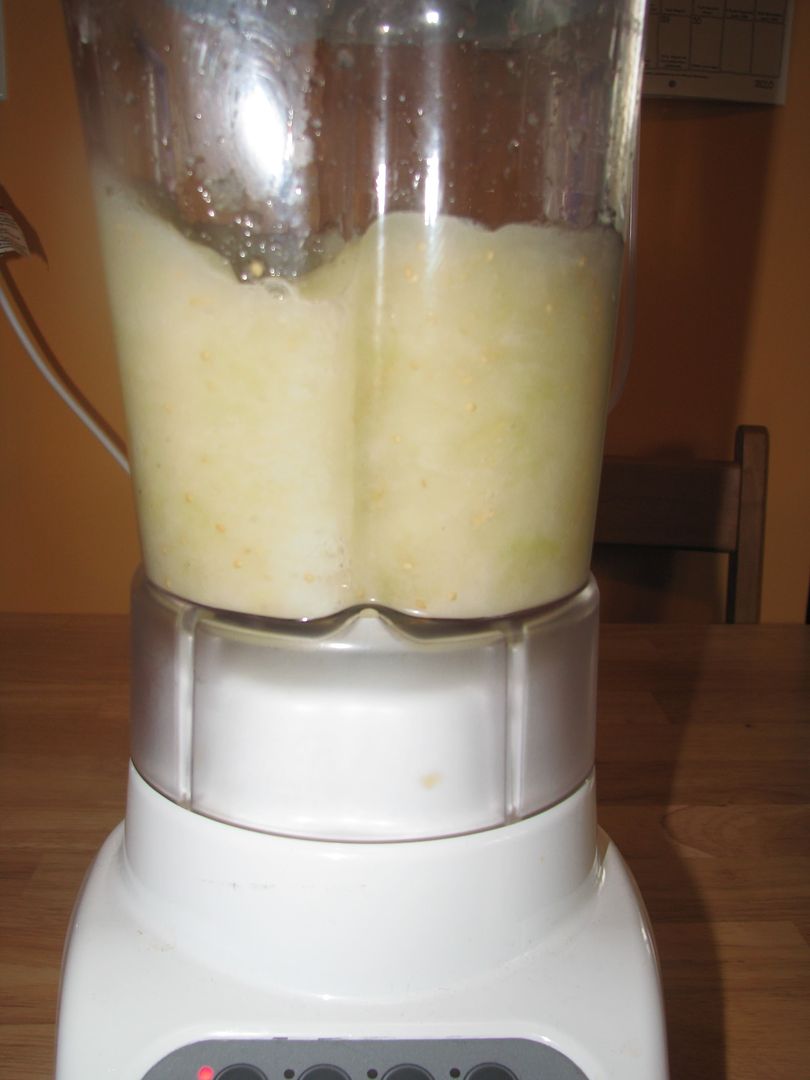
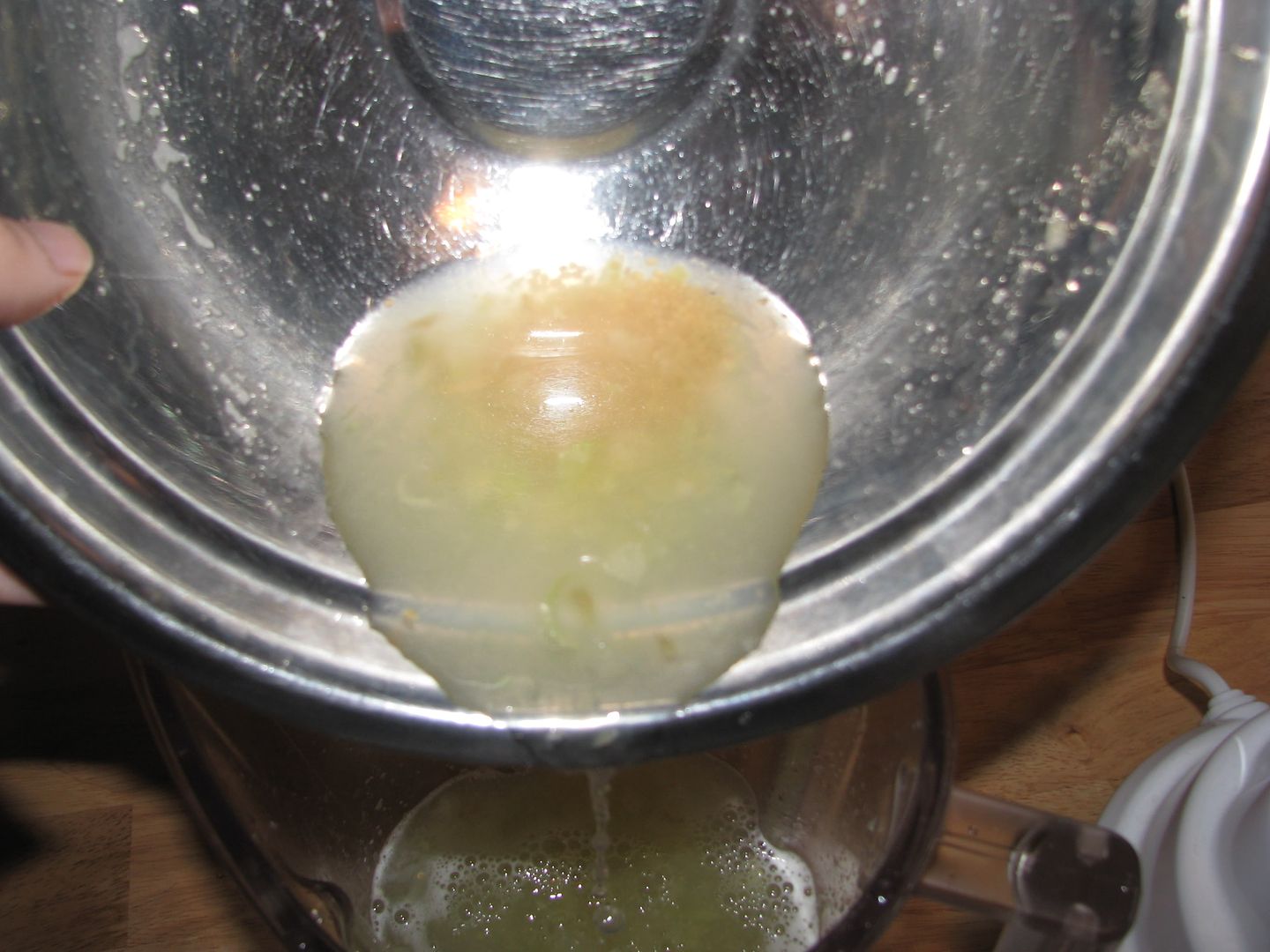
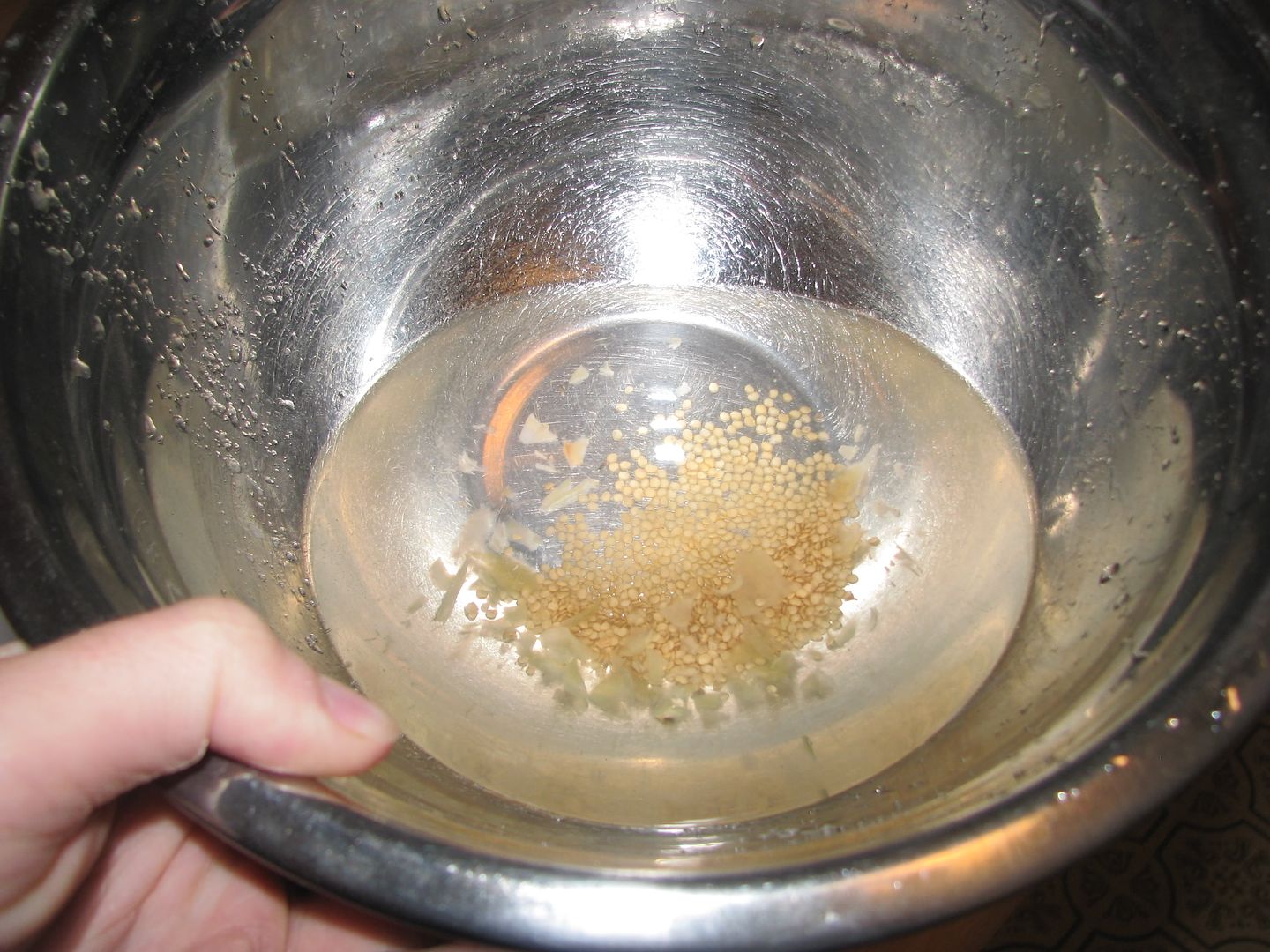
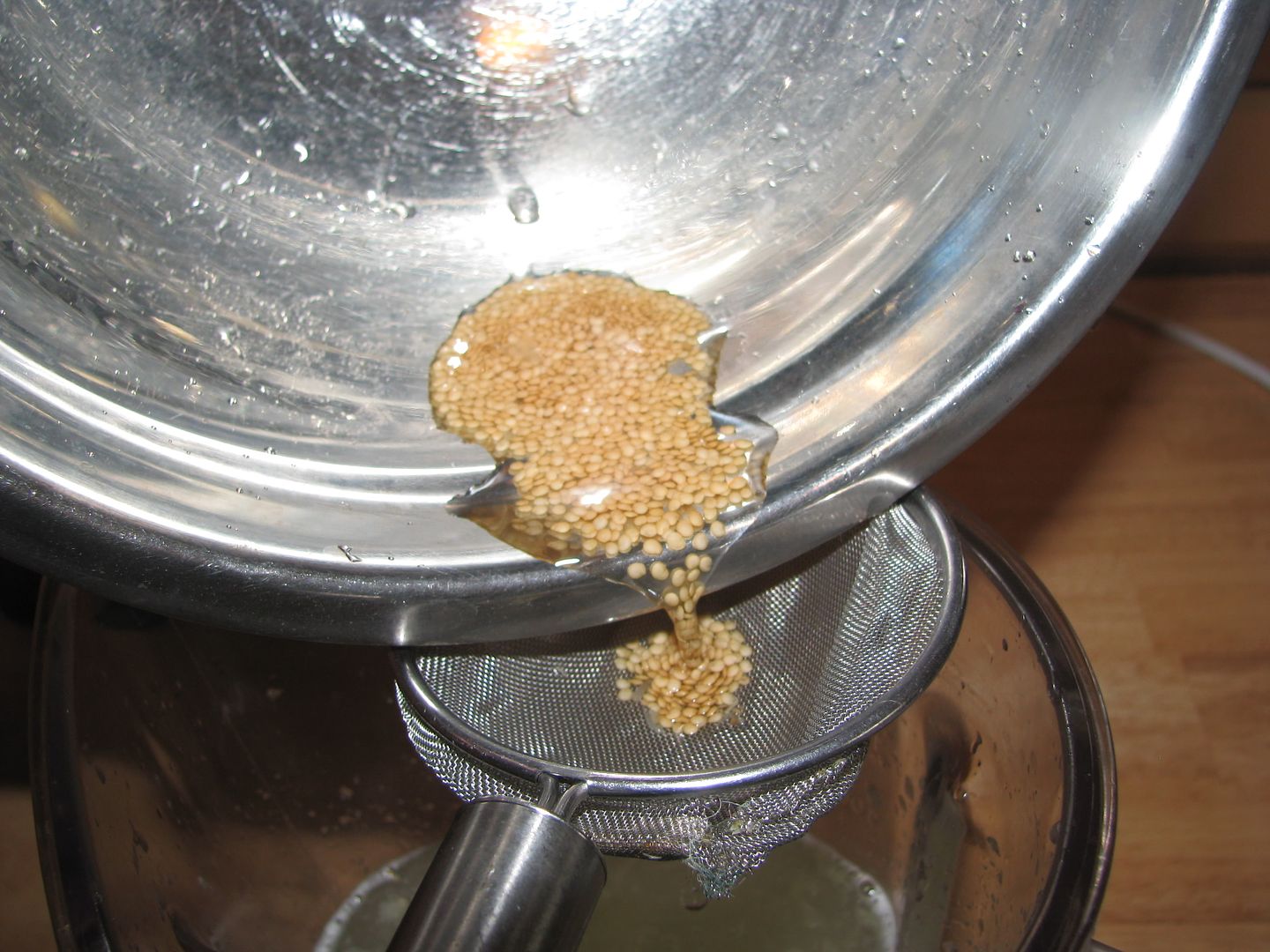
6 comments:
I always use my little mini food processor to do tomatillo seeds. I really works like a charm. Much easier than squishing by hand.
Thanks for showing all these pictures with your instructions!
I saved some seeds from a large cucumber earlier this year, just to see if it would grow. I took some seeds from the cucumber (that was still very edible), dried them overnight on a paper towel (no washing or fermenting the gel off) and just planted them in the ground the next day. They all germinated within days. I don't know if it made a difference that they were fresh seeds. Maybe they wouldn't have been as strong if I stored them that way until next summer? (I did not store any of these seeds) I ended up pulling these seedlings because it was just an experiment to collect and germinate the cuke seeds, and it was too late in the season to start cucumber plants, but I wonder if they would have grown well under normal conditions.
Interesting observation Thyme. Not sure. Clearly your seeds were 'ripe enough.' I have saved pepper seeds from store bought peppers that were probably picked green and they germinated into vigorous plants. My understanding is that the best seeds are saved from mature fruit. Normally cucumbers are eaten when the seeds are just forming - immature and soft so I would be surprised if they grew into seedlings. I suppose some cucumbers would still be tasty when the seeds were more developed. What kind of cucumber was it?
It was a slicing cucumber, although it was fairly big at almost 12 inches. A co-worker grew it in her garden in Texas. I don't know the variety name, but I think it's normally supposed to grow that big.
Thanks for the great tip! I never thought to use a blender before.
I saw your comment about spicy grape butter on my blog. Sounds really interesting. Do you have a recipe?
Mee: It is supposed to be something that you do with the pulp (minus the seeds) that you have left over after you make jelly or juice but I just use all of it. I process the grapes to remove the seeds and then cook them down until they are thick, adding plenty of cinnomen and sugar. It's scruptuous.
Post a Comment